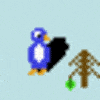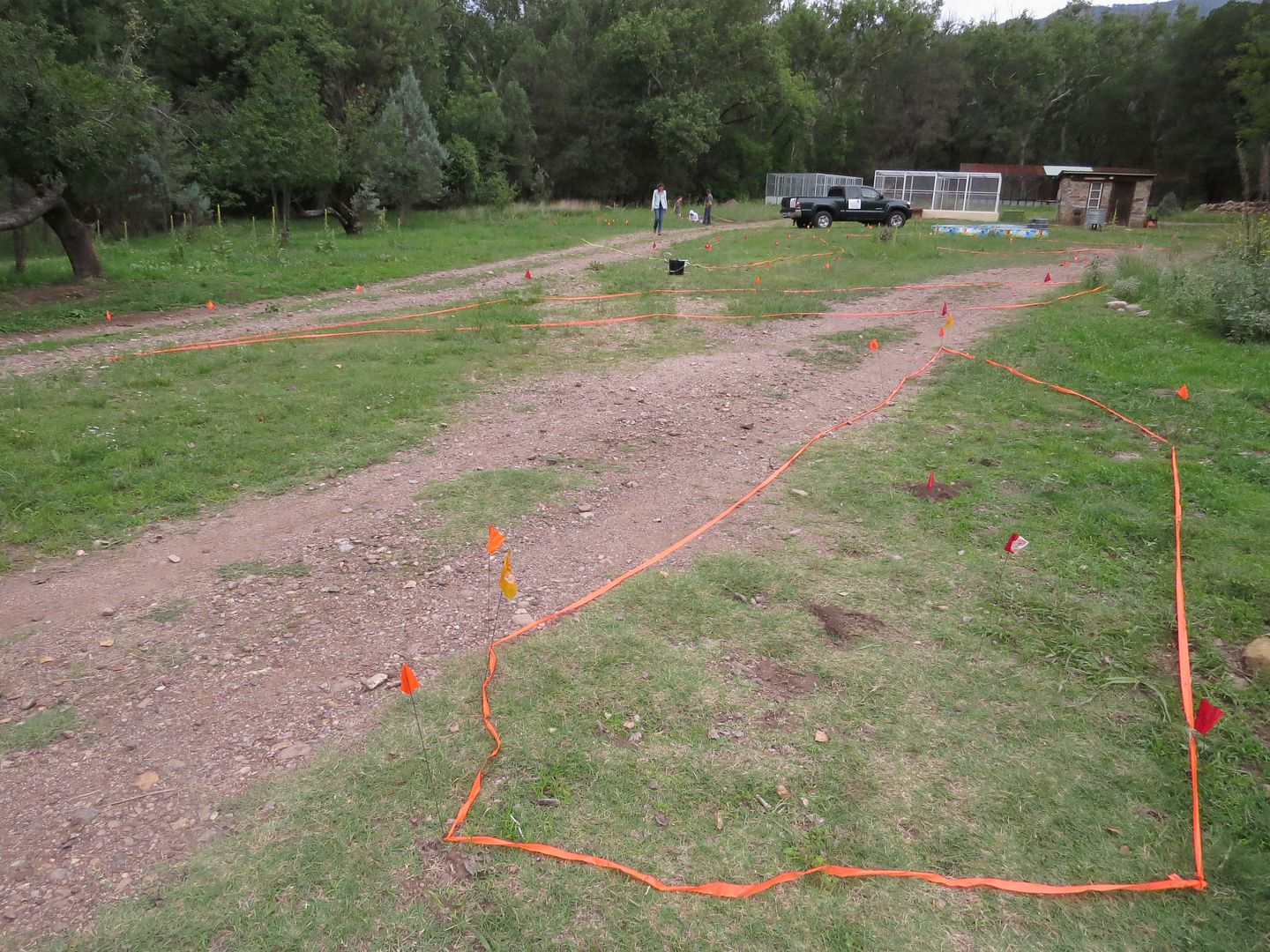I have 2 (maybe 3) of what seems to be P. Imparis nests a few meters apart in my front yard, I was wondering if they were satellites or different colonies or *maybe* just entries to the same nest?
![]()

I have 2 (maybe 3) of what seems to be P. Imparis nests a few meters apart in my front yard, I was wondering if they were satellites or different colonies or *maybe* just entries to the same nest?
![]()
I'm here to learn, mostly.
![]()
My Main Journal | My Neivamyrmex Journal | My Ant Adoption | My YouTube
Join the TennesseeAnts Discord Server! https://discord.gg/JbKwPgs
Thanks, I was also wondering when during the day (not months) P. Imparis flies I would like to monitor them for flights to see if they are mature (and to know when to go looking for a queen)
I'm here to learn, mostly.
![]()
My Main Journal | My Neivamyrmex Journal | My Ant Adoption | My YouTube
Join the TennesseeAnts Discord Server! https://discord.gg/JbKwPgs
Last year it was about 2-2:30pm in the afternoon, on the first 80F degree day (April 10) here in the North East where I live. Looking at the chart for that day, they actually flew about when the temp broke 80F. So I suspect temperature probably more important than time of day.
Edited by noebl1, November 28 2017 - 4:31 AM.
Thanks, I'll monitor them around Feb - April during the afternoon.
I'm here to learn, mostly.
![]()
A way to test this is to collect a few workers from each entrance and pair them together in small containers (so they're forced to encounter with one another) and see if they get along. If they're both still living after an hour then they likely have the same colony odor.

A population of Dorymyrmex insanus in Arizona forms odd nests like this. Basically all the entrances go to (seemingly) separate nests, but members will get along with the adjacent holes within a few meters or so. Upon digging into some of these they were just a straight tunnel going down into the earth and likely did not connect underground (though this is unconfirmed). It's also not known how many queens are at work here, whether it's just one per nest or several. Something similar to this might be how Prenolepis imparis form their setups, getting along with immediate colonies that may have budded off of a main one while going to war with others. It's also not known whether established colonies will accept new queens or not though this is likely population based. (P. imparis varies somewhat.)
North America: Ant Genera, Species List, "Native Plants for Honeybees" | My YouTube Channel
0 members, 0 guests, 0 anonymous users